Remember when summer vacation meant disappearing until the streetlights came on? Before smartphones buzzed in our pockets and the internet kept us tethered to screens, summer was this magical stretch where time moved differently. Those long, lazy days of the ’60s, ’70s, and ’80s had a rhythm all their own—one measured by the ice cream truck’s melody, the crack of a baseball bat, and the gentle hum of window air conditioners working overtime.
1. You Actually Left the House Without Telling Anyone Your Exact Location

Back then, “going out” meant exactly that—you walked out the front door and figured out your destination along the way. Your parents had a general idea of your whereabouts, maybe knowing you were “somewhere in the neighborhood” or “down at the creek,” but that was enough. The concept of GPS tracking or constant check-ins was as foreign as landing on Mars.
This freedom bred adventure in ways today’s kids will never know. You’d hop on your bike with no particular destination in mind, following your nose toward whatever looked interesting—maybe the construction site where they were building new houses, or the woods behind the shopping center where someone said they saw deer. The whole neighborhood was your playground, and you explored it with the confidence of a seasoned explorer, knowing you’d find your way home when hunger or darkness called.
2. The Ice Cream Truck Was Your Social Media Alert System

Nothing announced summer’s arrival quite like that familiar tinkling melody echoing through the suburbs. The ice cream truck wasn’t just a vendor—it was a mobile gathering spot that created instant communities wherever it stopped. Kids would pour out of houses like ants from a disturbed hill, clutching crumpled dollar bills and racing to catch up before the truck moved on.
The social dynamics around the ice cream truck were fascinating to watch. Older kids would help younger ones reach high enough to see the colorful menu board stuck to the truck’s side, and there was always that one kid who knew the driver’s route and could predict exactly when he’d hit your street. These weren’t just transactions—they were daily social events that brought the whole neighborhood together, if only for fifteen minutes of sticky-fingered bliss.
3. You Had to Actually Remember Phone Numbers
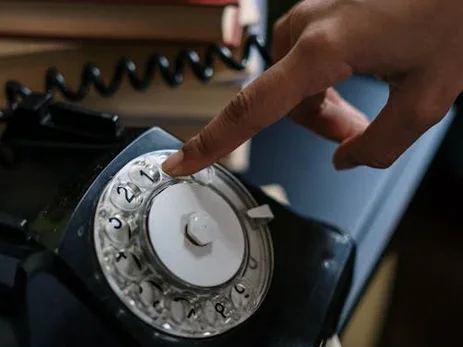
Before speed dial and contact lists, your brain served as your personal phone directory. Most kids could rattle off their best friend’s number without thinking, and many could recite the numbers for pizza places, the movie theater, and maybe even that crush from summer camp. Phone numbers had rhythm and personality—some were easy to remember because they spelled out words, others stuck because of their musical quality when you dialed them.
Calling someone required genuine intention and planning. You couldn’t just fire off a quick text to see what everyone was doing—you had to actually pick up that heavy receiver, dial carefully (because messing up meant starting over), and have a real conversation. Phone calls were events, not casual check-ins, and the anticipation of waiting for someone to answer made every call feel important.
4. Summer Reading Meant Actually Turning Pages

The local library was command central for summer entertainment, not just a quiet place to study. Those summer reading programs were serious business—you’d walk out with a stack of books that reached your chin, planning to devour them all before Labor Day. The smell of old paper and that particular library quiet made every visit feel like entering a secret world.
Reading back then was a full-contact sport. You’d sprawl across your bed or find the perfect spot under a tree, completely absorbed in whatever story had captured your imagination. There were no notifications pulling your attention away, no hyperlinks leading you down rabbit holes—just you and the page, with nothing but your imagination filling in the gaps between the words.
5. TV Shows Had Appointment Viewing Times
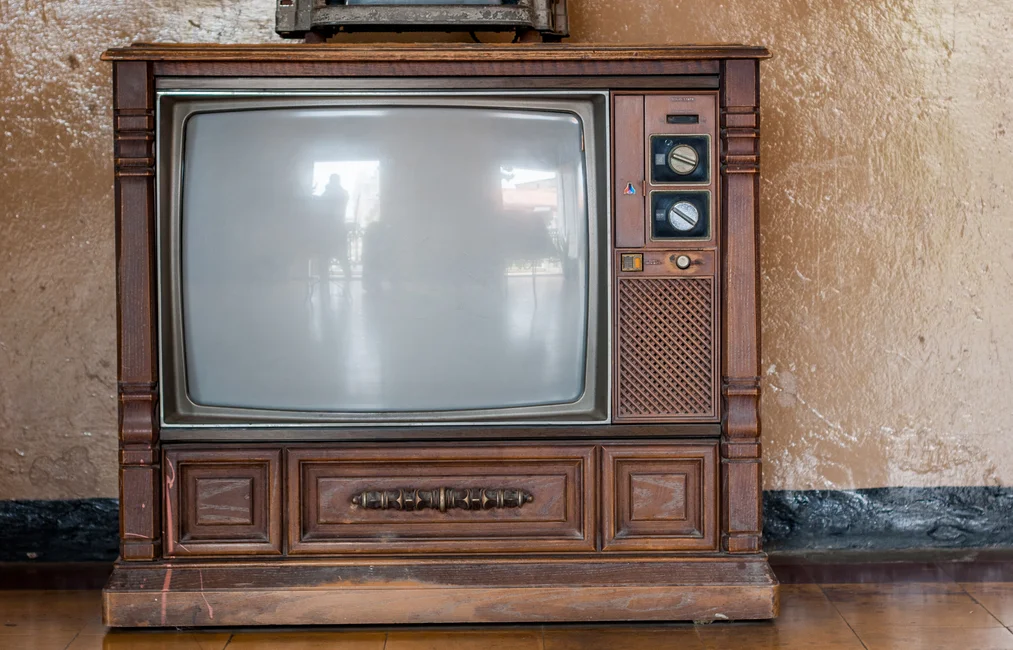
Summer reruns were appointment television, and missing your favorite show meant actually missing it until it came around again. There was no rewinding, no binge-watching, no streaming on demand—if “The Brady Bunch” was on at 4 PM, you made sure you were planted in front of the TV at 3:55. The whole family might negotiate for control of the one television, with complex scheduling discussions that would make a corporate board meeting look simple.
This scarcity made television feel special and communal. Everyone watched the same things at the same times, which meant you could discuss last night’s episode with friends the next day, knowing they’d seen exactly what you’d seen. The shared cultural experience of simultaneously watching “Happy Days” or “The Love Boat” created connections that transcended individual households—the whole neighborhood was essentially watching together.
6. You Learned About Current Events from the Evening News
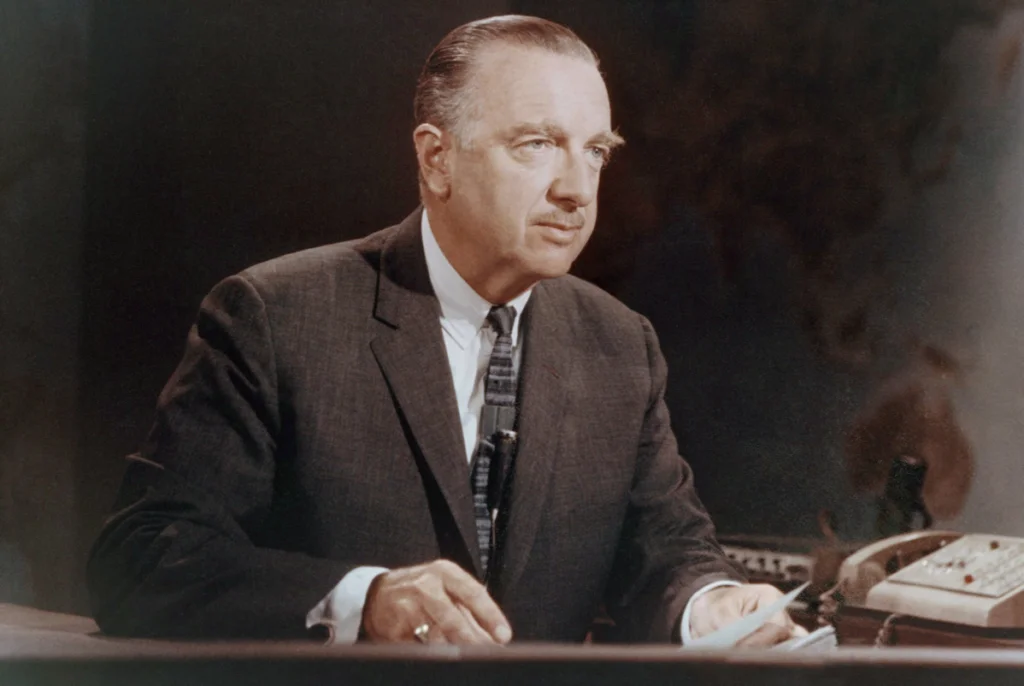
Walter Cronkite, Tom Brokaw, and Dan Rather were the voices that brought the world into your living room each evening. The news was something that happened at specific times—6 PM and 11 PM in most places—and families would gather around the television set to catch up on the day’s events. There was something comforting about this ritual, even when the news itself was troubling.
Without 24-hour news cycles or social media updates, current events had a different weight and permanence. Stories developed over days or weeks rather than minutes, and you had time to actually think about what was happening in the world. The news felt more like storytelling than information bombardment, with familiar anchors guiding you through complex events with the patience of favorite teachers.
7. Maps Were Physical Objects You Could Hold
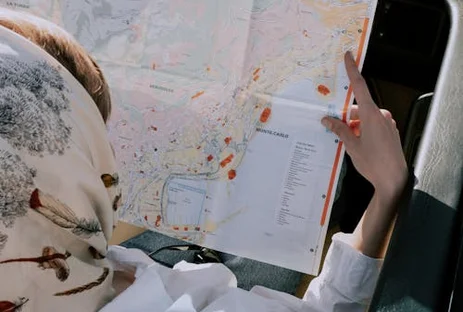
Road trips required actual navigation skills and physical maps that would unfold into room-sized displays of highways and byways. Someone in the family became the designated navigator, responsible for tracing routes with their finger and calling out upcoming turns. Getting lost wasn’t a minor inconvenience—it was a real adventure that might lead to discovering small towns or roadside attractions you’d never planned to see.
Planning a route was an event in itself, often happening around the kitchen table with everyone contributing ideas about the best way to get from point A to point B. AAA TripTiks were treasures, providing step-by-step directions that you’d guard carefully throughout your journey. The satisfaction of successfully navigating to your destination using nothing but paper and your wits gave every trip a sense of genuine accomplishment.
8. Your Allowance Was Your Entire Economy
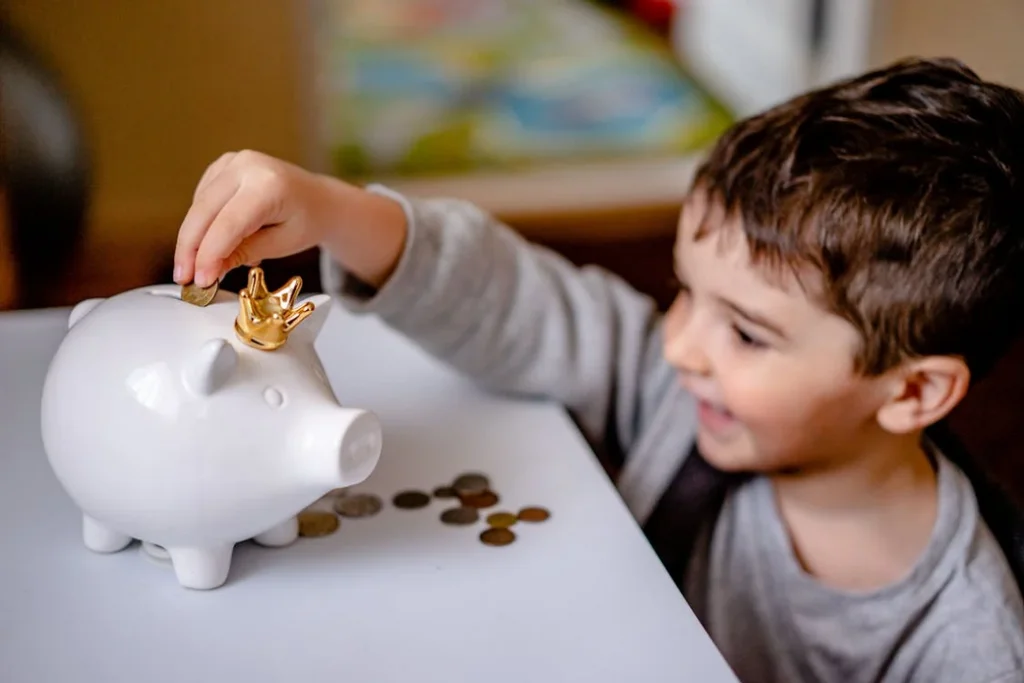
Money had real weight when it came in the form of coins and bills you could actually hold. Your allowance—maybe two or three dollars a week if you were lucky—represented serious purchasing power that required careful consideration. Every expenditure was weighed carefully: comic book or candy bar, baseball cards or model airplane glue, saving up for something big or spending it all on immediate gratification.
The corner store or five-and-dime was your stock market, where you’d stand for long minutes contemplating your options. A dollar could buy a lot more than it does today, but earning that dollar took real effort—whether through chores, bottle returns, or entrepreneurial ventures like lemonade stands. Money felt more valuable because it was scarcer and harder to come by, making every purchase feel like a meaningful decision.
9. Photo Albums Were Physical Books You Could Pass Around
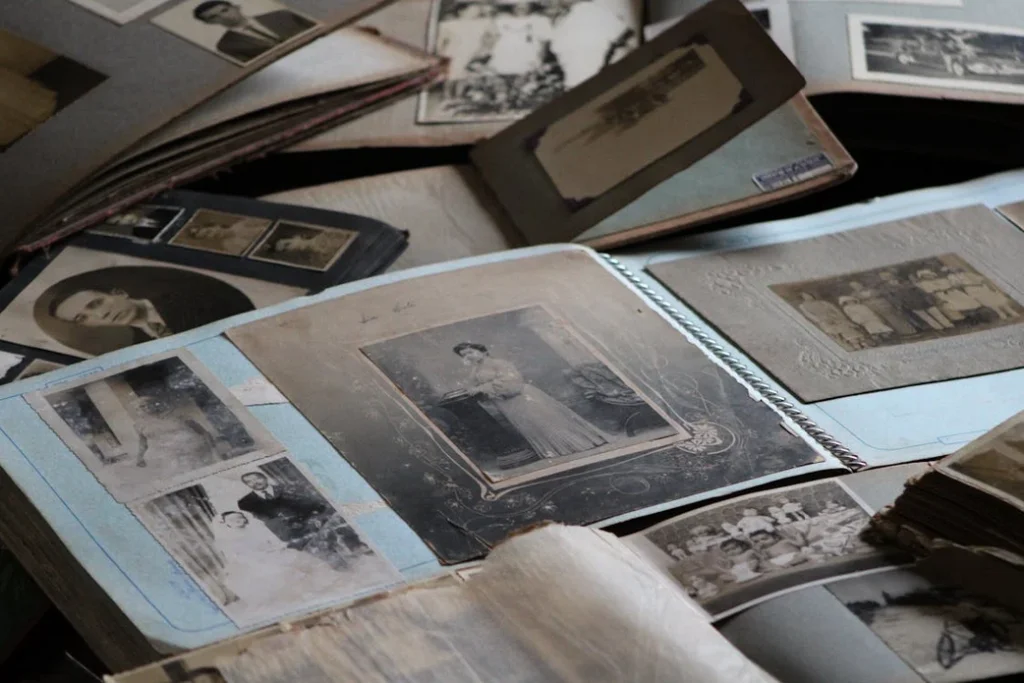
Every family had at least one person who took photography seriously, armed with a camera that required actual film and careful thought before each shot. You had maybe 24 or 36 chances to capture memories before needing to load a new roll, which meant every photograph was intentional. The anticipation of getting your film developed was almost unbearable—you’d drop off that little canister and wait a whole week to see if your pictures turned out.
Looking through photo albums was a social activity that brought families together around coffee tables and kitchen counters. Those plastic sleeves held more than just images—they preserved moments that might otherwise have been forgotten, and flipping through them told stories in ways that today’s endless digital galleries somehow can’t match. Everyone gathered around to point and laugh and remember, creating new memories while revisiting old ones.
10. Music Discovery Happened Through Radio DJs and Friends

Radio DJs were your personal music curators, introducing you to new songs and artists with the enthusiasm of someone sharing a secret. You’d sit by your radio with a blank cassette tape, waiting for that perfect song to come on so you could hit record and add it to your collection. The art of creating the perfect mixtape was serious business, requiring careful attention to song order, mood, and timing.
Discovering new music was a slower, more deliberate process that made each new favorite feel like a genuine find. You might hear a song on the radio, spend weeks trying to figure out who sang it, and then finally track down the album at the record store. Music felt more precious because it required effort to obtain and curate, and sharing favorite songs with friends was a way of sharing a piece of yourself.
11. Board Games Were Your Social Network
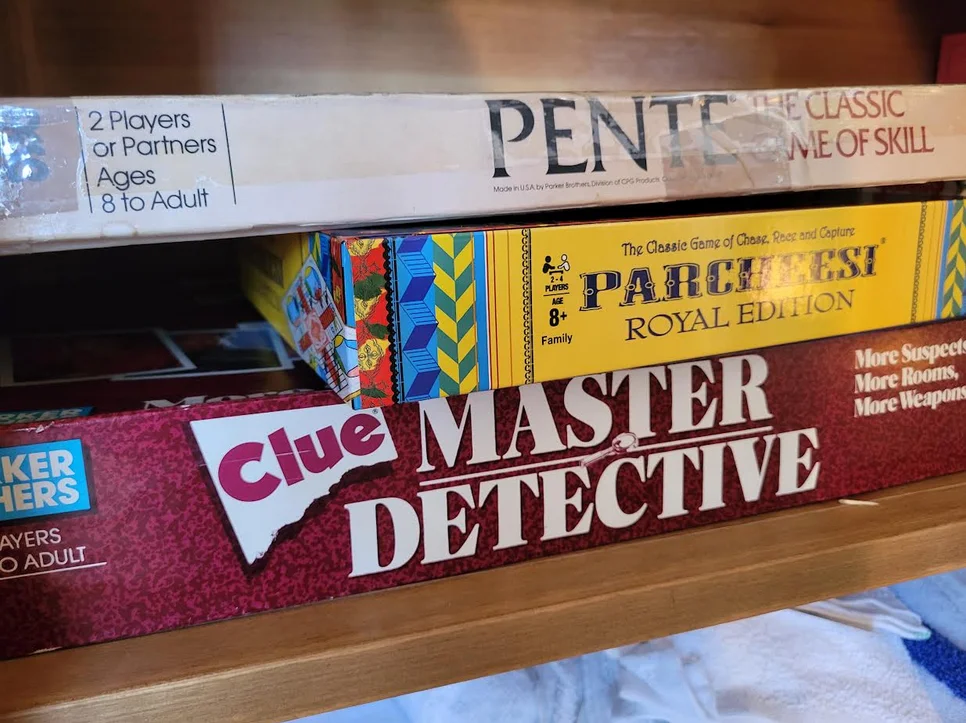
Family game nights weren’t scheduled events—they just happened when someone pulled out Monopoly or Scrabble and everyone gravitated toward the dining room table. These weren’t brief diversions between other activities; they were marathon sessions that could stretch for hours, with complex negotiations, dramatic victories, and the kind of good-natured arguments that only family members can have. Board games taught patience, strategy, and how to be both a gracious winner and a good loser.
The social dynamics around board games were intricate and revealing. You learned who was naturally competitive, who was a generous banker in Monopoly, and who would form alliances in Risk. These games created stories that families would retell for years—the time dad went bankrupt early in Monopoly, or when mom pulled off an impossible Scrabble word that used all seven letters. They were relationship-building exercises disguised as entertainment.
12. Going to the Movies Was a Special Occasion
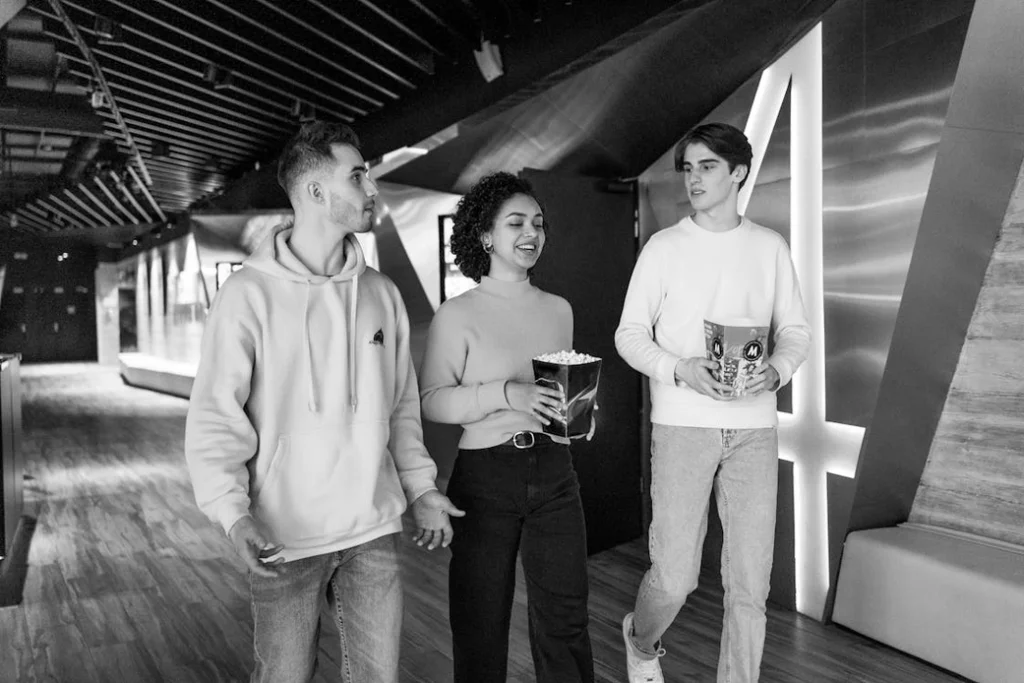
A trip to the movie theater was an event that required planning, saving money, and often involved the whole family or a group of friends. Theaters were grand places with real curtains, assigned seating, and that magical moment when the lights dimmed and the screen came alive. You couldn’t pause for bathroom breaks or rewind confusing parts—you were committed to the full experience from opening credits to final scene.
The ritual of moviegoing extended far beyond the film itself. You’d arrive early to get good seats, buy oversized containers of popcorn and candy, and settle in for an experience that felt transportive in ways that home viewing never quite matched. Discussing the movie afterward was part of the fun, whether you were walking home under streetlights or continuing the conversation over milkshakes at the local diner.
Those summers before the internet didn’t just feel freer—they were freer, in ways both big and small. Time moved at a different pace when you weren’t constantly connected, when entertainment required effort, and when being present in the moment was the only option available. Maybe we can’t go back to those days, but we can certainly remember them with the appreciation they deserve, and maybe even find ways to recapture some of that summer magic in our hyper-connected world.
This story The Ways Summer Felt Totally Free Before the Internet Showed Up was first published on Takes Me Back.


